INTRODUCTION

Imagine Dictador’s rarest vintage rum, distilled in Colombia from prize sugar cane honey and aged for over 40 years at the edge of the rainforest, cooled by maritime breezes from the azure waters of the Caribbean Sea, then sealed in a cask to begin a final journey as far as Europe and North America for an ultimate maturing under the watchful eyes of some of the world’s most renowned cellar masters. These are Dictador’s hand-picked Partner Masters, all expert blenders and agers in their own fields, be it the finest single malt or bourbon, luscious Sauternes or bubbly champagne, elegant cognac or Bordeaux wine.
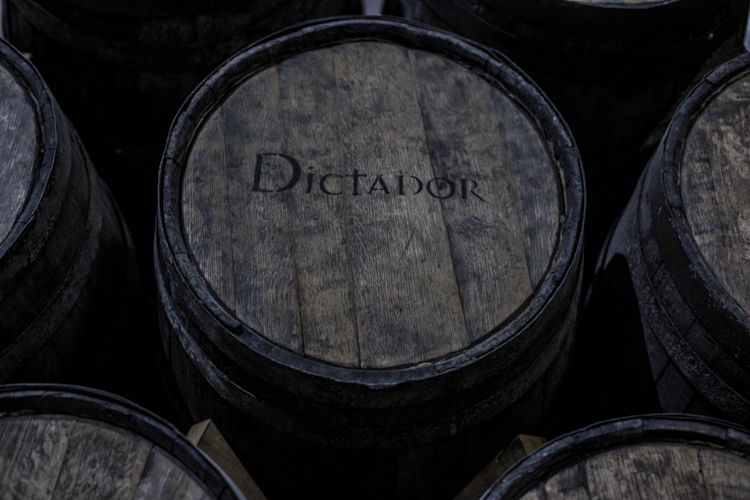
The world of luxury spirits has never witnessed as audacious a project as this, where Dictador’s master blender, Hernan Parra, boldly passes his precious creations to likeminded craftsmen from other wines and spirits, far away on another continent, in unfamiliar cellars, ageing in unknown barrels. The result is a series of limited edition bottles, not just signed but bearing the fingerprint of each of the 2 Masters. Expect nothing less than masterpieces; not only precious to collect and display, but above all, for the unforgettable moment when opened and shared, dazzling with incomparable aromas and tastes.
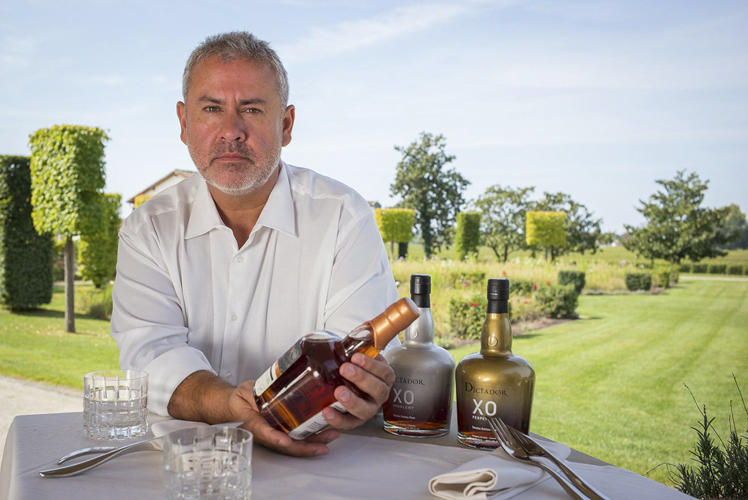
Dictador’s cellar master is Hernan Parra, the third generation of his family to oversee this venerable 1913 distillery, a man with a vision to create a new ultra-premium category of rum. He recounts how, “we found ourselves at Dictador with a stock of exceptional vintage rum from the times of my father and grandfather and had to make a decision to create something unique that was one step ahead of everyone else. Like all spirit producers we often buy old barrels to age our rum and the initial idea was to buy a series of prestigious barrels from across the world to finish our rum here in Colombia. But then I said; what are we going to lose if we send our rum out to be finished by other cellar masters?” Positive replies swiftly arrived back from the world’s top blenders and agers, delighting Hernan, who describes how, “when the barrel leaves our cellars I give it my blessing. It will never come back and the second masters have total carte blanche to mature, to blend as they want. In fact, at first, it was the second masters who were a little nervous, but I just said; go ahead, you have total freedom. But be sure to taste our vintages and not to drink it all before ageing!” Señor Parra certainly has no doubt that the final 2 Masters bottle is better than the rum that left Colombia, “because I send my finest rum to some of the world’s finest cellar masters and obviously they improve it by creating extra layers to the spirit. So today, collectors, connoisseurs and investors from the world of luxury spirits will genuinely discover a unique rum.”
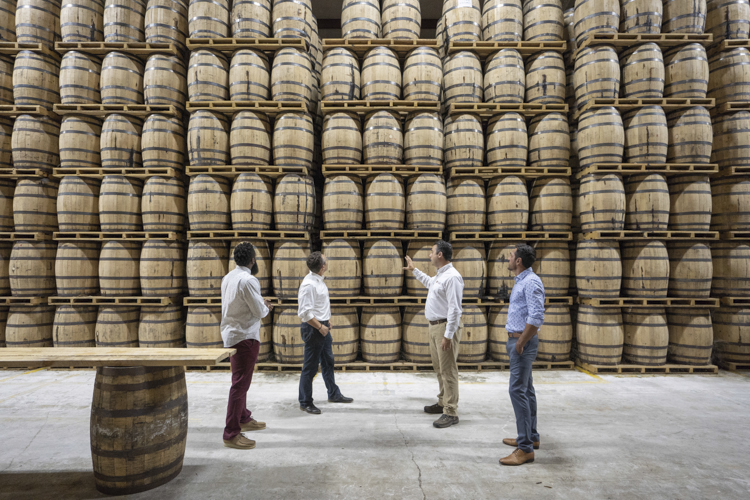
Hernan Parra began touring the distilleries of the world as a teenager, accompanying his father on tasting trips. Travelling today to meet the second masters in their own cellars opened his eyes. “What is amazing is not the differences between all the masters but the similarities. We all have the same issues and problems and this has been a great opportunity to discuss. It is just that we are working with different raw materials. And 2 Masters gave us all the chance to work just with rum, which I am certain is the future of the spirits world.”
Now take the journey below to meet in person, the renowned cellar masters from Europe and America in person who have accepted the challenge to finish the ageing of Dictador’s vintage rum.
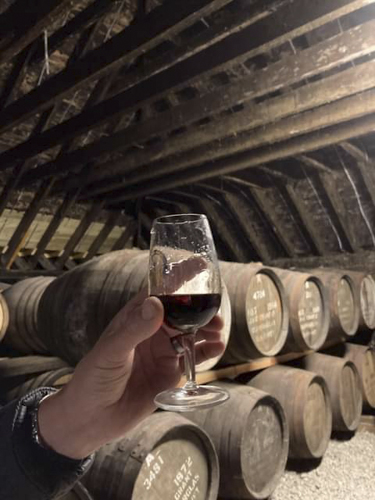
HERVE JOSTIN
Epernay is the winemaking capital of the world’s most famous bubbly, and the grand Avenue du Champagne is lined by famous name cellars as Moët & Chandon and Perrier-Jouët. But hidden down a quiet street is a more discrete Maison, Leclerc Briant, steeped in history as it approaches its 150th anniversary, and a pioneer today for organic innovation, excellence and creativity, the perfect partner for Dictador.
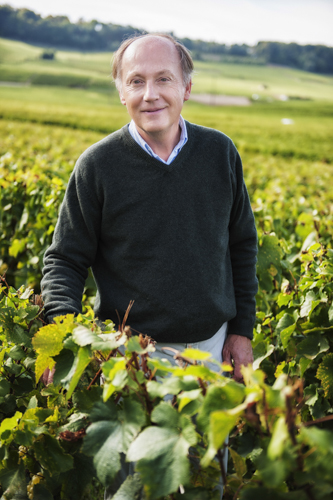
The cellar master and winemaker here, Hervé Justin, resembles a medieval alchemist, surrounded not just by barrels and steel vats, but experimental terracotta ovoid amphorae, magical blown-glass jars filled with PInot Noir or Chardonnay, a titanium barrel, and a unique steel cask coated inside with gold.
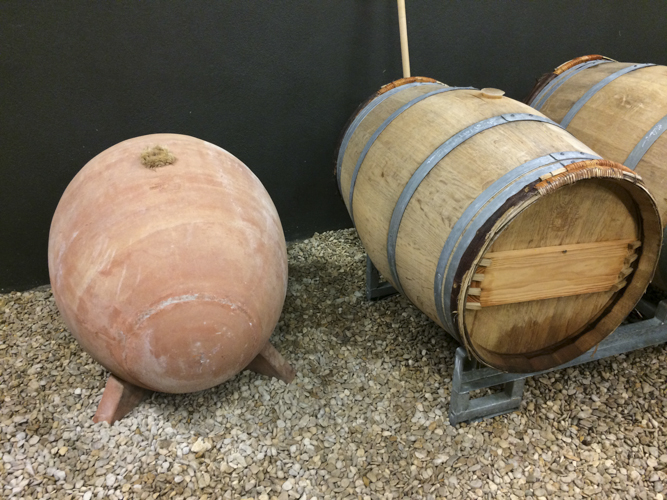
Dictador’s rum is stored at the bottom of a vertiginous 35 metre staircase in a humid, chalky cellar, and Hervé reminisces how, “I jumped at the chance to age rum, a living eau-de-vie, using our biodynamic philosophy. Rum is malleable, capable of understanding and adapting to its surroundings, and I want to see how it interacts with our champagne. We buy barrels that are 2-6 years old, which we use just for 6 years, then resell to whisky and artisan brewers who are all interested in the effects of using an old champagne barrel. I chose very lightly charred casks for Dictador’s rum, to extend our own particular biodynamic winemaking approach to the ageing of rum. I see a real transfer of energy from our champagne, adding what I would call ‘élégance Champenoise’, a certain lightness to the rum’s own potency, structure and complexity.”
MICKAËL BOUILLY
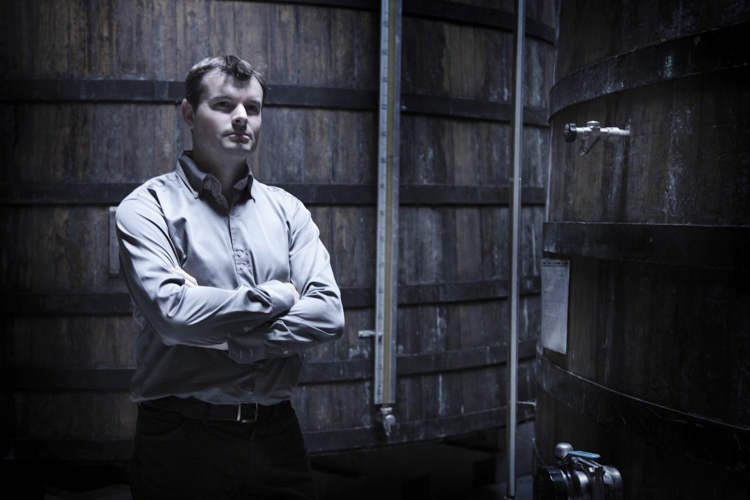
Gently swirling a glass of Dictador 2 Masters rum, the elegant fifth-generation owner of distinguished haute couture cognac house, Maison Hardy, recalls that, “I have to admit it was a surprise at first to see a Colombian blender with his casks here in my cellar in Cognac, but then I said why not.” Bénédicte Hardy is a celebrated figure in the world of luxury spirits, but admits that, “I guess I am a dinosaur with cognac as I don’t think it should be aged in any other barrels than our own. But for us to finish another spirit like rum, well that was a different challenge . I thought it was a unique idea, never done before, and Dictador are innovative and understand global markets. So putting their rum in the hands of Hardy’s cellar master Mickaël Bouilly could only be good for both of us.”
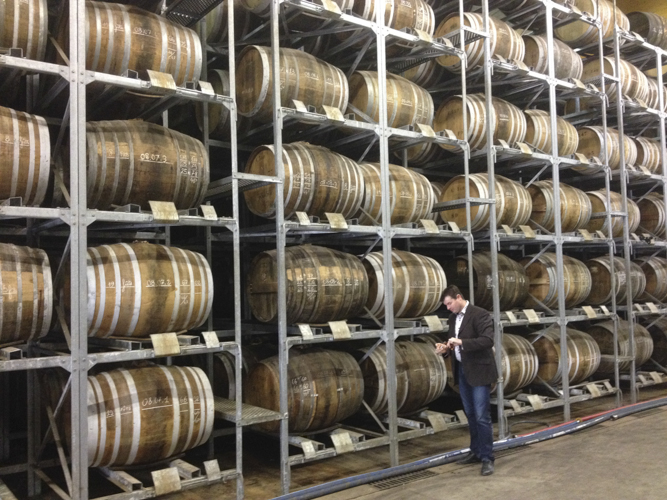
Explaining his role, Michaël eloquently describes how, “in the life of a great spirit there are all the people involved in producing the raw material – grapes in the case of cognac, sugar cane for rum. Then there is the distillation, and for me, things begin to get interesting after three years in the barrel. That is when my work really begins to influence the taste, the aroma, the colour.” And this quiet, reserved master blender suddenly becomes passionate when describing his ageing; “I found myself inspired by the four seasons. Spring is not too tannic, light like the first bud of flowers, while summer has more body, more wood. Then autumn becomes aromatic, the flowers in full bloom, hints of burnt almond, until winter is more about the toasted wood, a long persistent taste with coffee and chocolate.”
ZOLTAN KOVACS ADORJAN
Hungary’s sleepy village of Mád, pronounced Maad, is surrounded by bucolic rolling vineyards in the foothills of the Carpathian Mountains that produce the world’s oldest and most famous sweet wine. Known as the Wine of Kings, Tokaji – historically called Tokay in English – has been made since the 16th century, beloved by Louis XIV, Emperor Franz Josef and Queen Victoria. It predates Bordeaux’s famous Grand Cru Classé 1855 by more than a century, and today, Royal Tokaji is the winery leading a renaissance of this famous amber nectar.
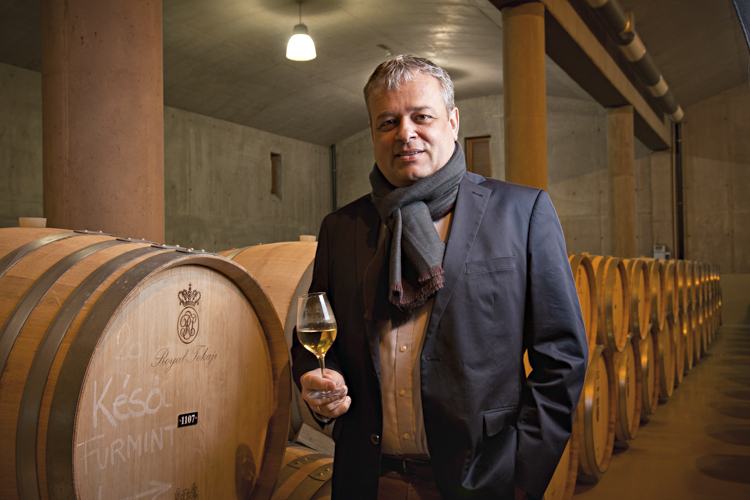
Zoltan Kovács Adorján is the winemaker in charge of both vineyard cultivation and the cellar, and he enthuses that, “from the moment I met the team from Dictador it was immediately clear we were on the same wavelength, the same vibration, perfect for a collaboration. It was a special moment when Hernan Parra came all the way to Mád to visit our winery and barrel-ageing cellars. He shipped the rare rum vintages he wanted us to work on, and from then on it was my decision how to age, which cask to choose. A wonderful sense of freedom. We had just bottled our flagship 2016 Aszú sweet wine, a terrific vintage bursting with fruit and unctuous aromas, and I decided to choose from these just-emptied casks for Dictador, in particular, a 12 year-old 300 litre cask handcrafted by our artisan cooper from local Zemplén wood.
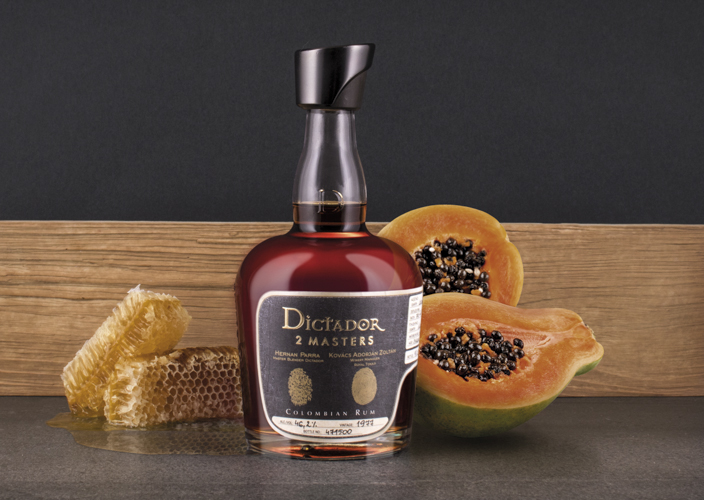
I preferred an older barrel so that the main influence on the raw rum would be the wine rather than the wood. Today, at the end of the ageing, I can see my influence has been to increase the elegance, roundness, sense of balance, adding subtle nuances of honey and papaya”
CYRIL LAUDET
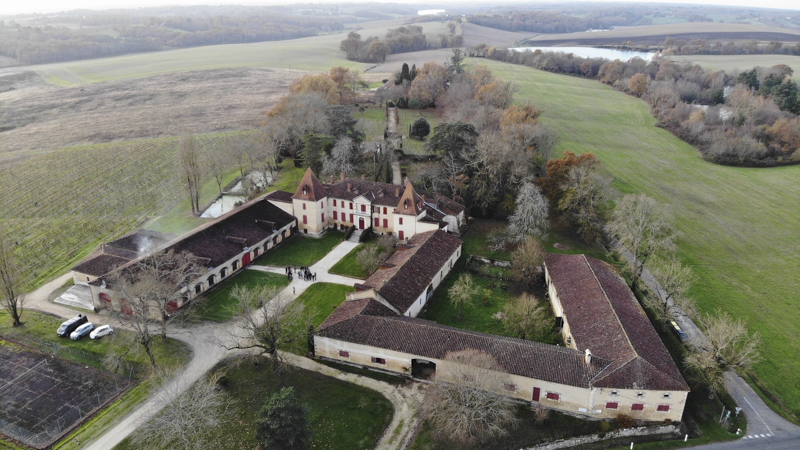
Armagnac can lay claim to being the world’s oldest distilled spirit, whose history stretches back 700 years. And nothing symbolises these traditions more than the majestic Château Laballe, where Cyril Laudet is the eighth-generation of the oldest armagnac family still producing this magical amber liquid. He only uses his own grapes from the vineyard surrounding the chateau, distills himself with a splendid wood-fired alambic, and ages over 500 casks made from local Gascon Black Oak, in an ancient 300 year-old cellar.
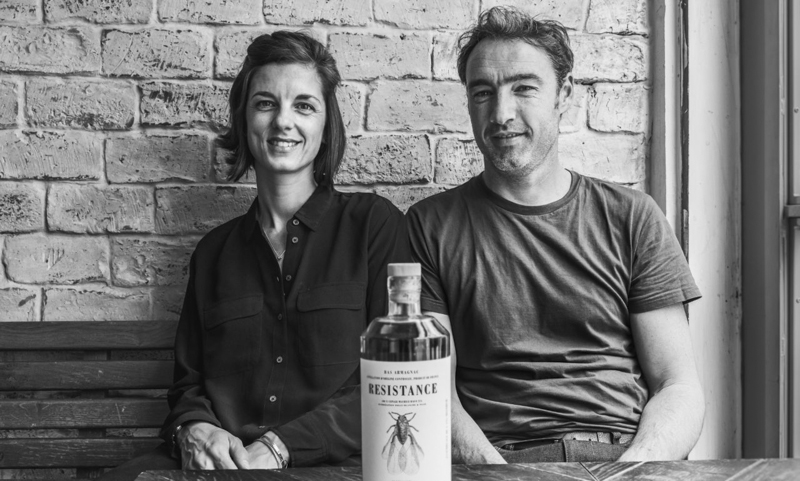
Cyril immediately recognised the synergy between Laballe and Dictador – both combining tradition, excellence and innovation. Moreover, his ancestor who founded the dynasty was a spice merchant, who originally made his fortune in the Caribbean before returning to his native Gascony to buy an armagnac estate. The family were pioneers shipping their armagnac to New York in the 1920’s, and today are ageing rum that was distilled in the tropics of Colombia. “After receiving Hernan Parra’s 1976 single cask selection,¨
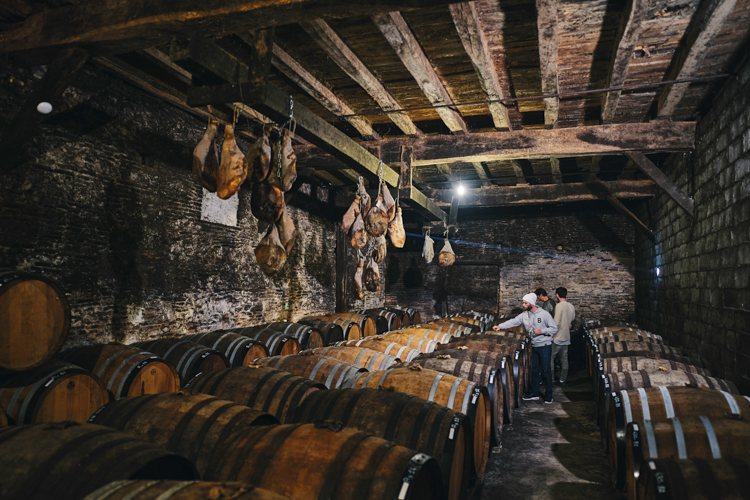
Cyril recounts, “I wanted to leave Dictador’s precious rum to age in our distinctively humid cellar, encircled by armagnac barrels so it could be literally impregnated by our spirit. My choice of casks subtly influence the vintage rum, with a young armagnac’s oaky barrique adding fruity freshness to the finish, while suppleness comes from a venerable artisan 50 year-old barrel whose tannin has all but gone, replaced by the nutty, earthiness of what we in Armagnac country call ‘rancio’.”
CALLUM FRASER
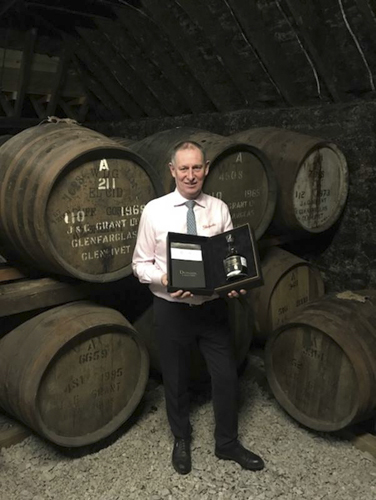
“The license to distill at Glenfarclas dates back to 1836,” declares Callum Fraser proudly, “and we are very serious about following tradition rather than experimenting or changing for changes sake. This is Scotland’s oldest independent, family-run distillery, sitting here in the shadow of Ben Remis mountain.
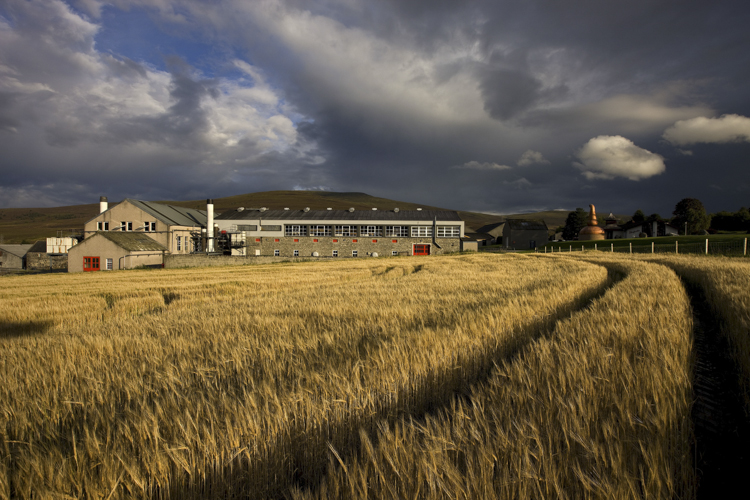
“Six generations of the Grant family have been making Glenfarclas whisky, and we stick to our own rules when it comes to distilling and ageing, with no playing about. But we are also open to creative collaborations, and the similar independence and heritage we share with Dictador’s Parra family gave us the synergy to be flexible and try a new project like 2 Masters.” Callum has been working in Scotland’s whisky business for over 30 years, recently lauded in 2020 as both Distiller and Distillery Manager of the year. And he is the ultimate hands-on cellar master, living on site, “so no excuse being late in the morning,” he says with a wide grin.
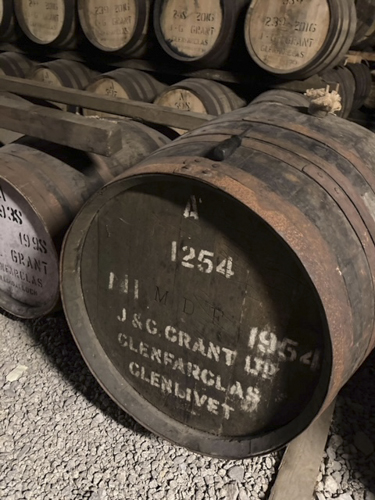
“Hernan chose 8 casks of vintage rum for us, so from our warehouses, where we store near to 100,000 barrels, I chose 8 different barrels to complement his selection, ranging from 8 to 50 years old.” He admits that, “I may be a whisky man through and through, but like my wine and rum too, though I can find rum a little sweet.” The effect of ageing in his Hogshead Sherry casks, has been to add a certain freshness and fruitiness to Hernan Parra’s precious 1974 vintage, with emotive tasting notes that conjure up not just vintage leather and cigars but summer fruit compote and a touch of orange.
THIBAUT DESPAGNE AND JEROME COSSON
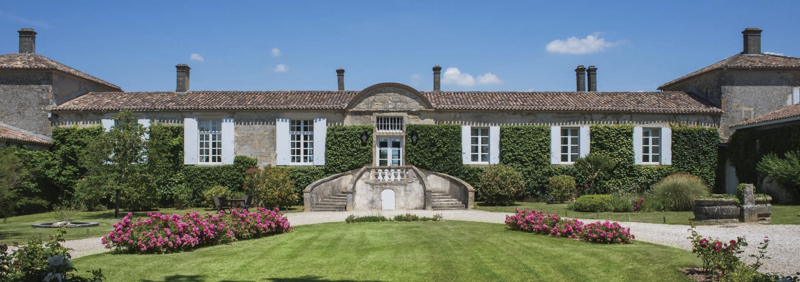
France’s Bordeaux region produces not merely some of the world’s most renowned wines, but also its most varied, and when Hernan Parra began his search here for the perfect partners in his 2 Masters project, he chose two very different domaines. Château d’Arche stands out not only for producing a sublime Sauternes, France’s iconic sweet white wine, but also as one of the elite 87 châteaux that bear the prestigious label ‘Grand Cru Classé 1855’, selected for their exceptional quality at the request of Emperor Napoleon III for the Exposition Universelle in Paris. The history of Château d’Arche dates back to 1733, and their Sauternes is traditionally made from late harvested grapes affected by Noble Rot.
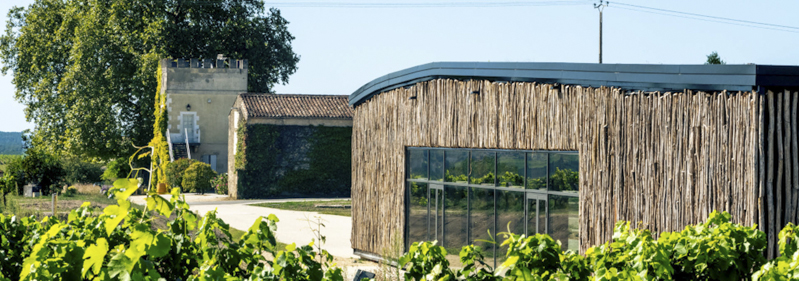
The ageing then takes place in their stunning new eco-responsible cellar, where winemaker Jérôme Cosson selects a mix of both new and old French oak barrels to add a subtle finish to Dictador’s rare 1978 rum, originally stored in American oak bourbon casks.
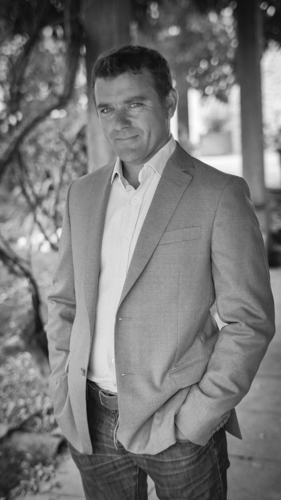
Across the other side of Bordeaux, Thibaut Despagne’s Château Mont Pérat is in the historic winemaking village of Entre-Deux-Mers. He explains that “although we are 100 miles from the coast, this is called ‘the land between two seas’ because of a unique oceanic climate blowing maritime winds that impregnate our barrels over the years and are now ageing Dictador’s rum from the other side of the earth, 8,000 kilometres away in Colombia.”
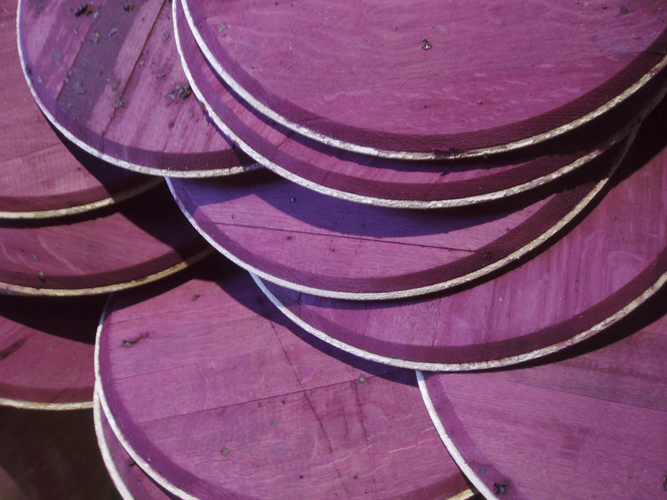
He also notes how “the white wine barrels originally holding dry but aromatic Sauvignon Blanc and Semillon, gave freshness, a delicate flowery touch that aerated the rum, making it more lively, with a little tension, while the tannins in the red Merlot casks toned down denseness and sweetness, adding a certain stability.”
DIRK NIEPOORT
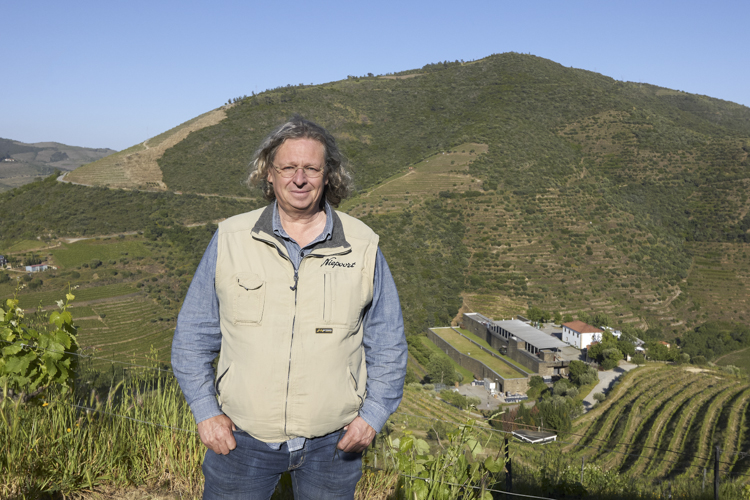
You could describe the amiable Dirk Niepoort as the King of Porto, as he is the fifth generation of an originally Dutch family that have been making some of the world’s finest ports here since 1842.

Equally at home in Porto’s picturesque vineyards or his ancient vaulted cellars stacked with some 4,000 casks, Dirk says with big grin that, “When people in Porto were talking about the Two Masters project someone said I was the only lunatic capable of doing it properly. Well, I tasted Hernan Parra’s rum at Germany’s ProWein Trade Fair and the deal was done.” Dirk was intrigued to see just how Dictador’s Colombian rum behaves when aged in port barrels, made essentially from Portuguese wood. He explains how, “it was important to choose a selection of very different casks to see the difference before proceeding to the final blend. All our barrels are around 100 years old, and we began with one that was ageing a young 2017 vintage port. The trick was to empty the port out and not clean it, filling it with the rum immediately. Then we tried a 10 year old White port barrel along with much older vintage. Then, finally, a barrel of 1997 Tawny port, which for me seems the best for ageing rum and could be well interesting for a second project, which I am already discussing with Hernan”
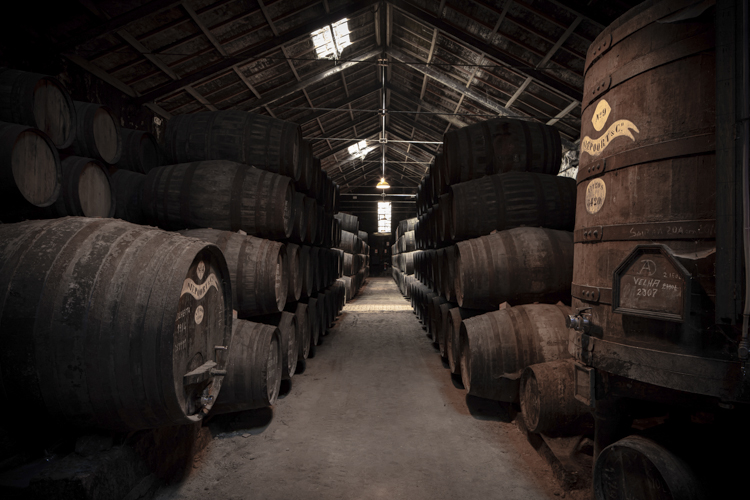
And the result? Dirk certainly looks pleased when he describes how the blend he created is, “austere and lean yet elegant. A remarkable finish that compensates for the typical sweetness of rum.”
DREW MAYVILLE
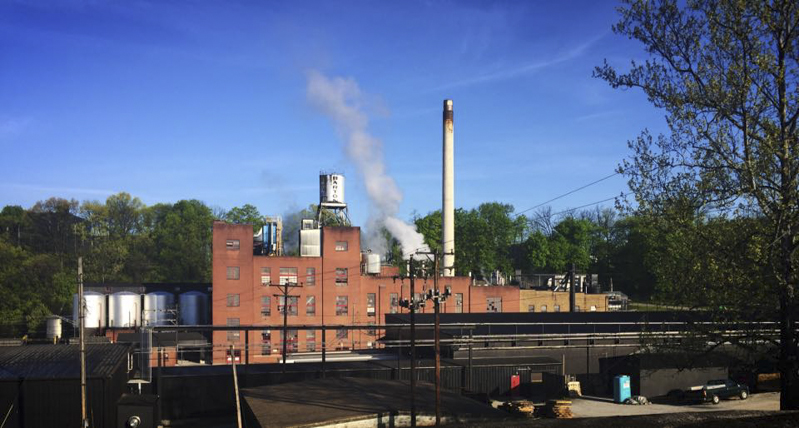
One of America’s most renowned blenders, Drew Mayville has been in the spirits business for 42 years and oversees numerous distilleries. He is based in Kentucky, and fel thatt the perfect place to bring Dictador’s Colombian rum was rustic Bardstown, the unofficial Bourbon Capital of the World, where Barton 1792 has been distilling over 140 years.
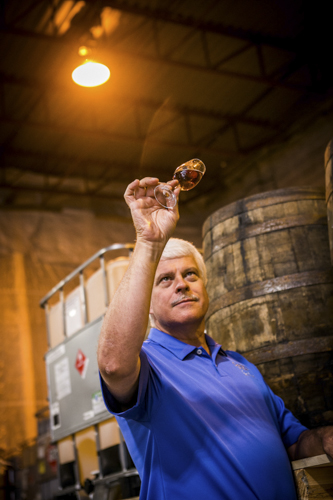
Drew explains that although tradition is important here, with Barton proudly named after the year Kentucky joined the United States, “we are also a distillery that is known for experimentation and I leapt at this chance to collaborate with Hernan Parra.The attraction of working with Dictador was the freedom to do what I want. Quite simply they do not dictate. I received a series of samples of different vintage rums, and they let me choose which to age, a great gesture of confidence in me on their part. I chose two, mixed my own blend, then selected three very different types of barrels; wheated bourbon, rye-bourbon and straight rye. Each have a very different effect on the rum, hopefully creating some very original choices for connoisseurs and collectors.”
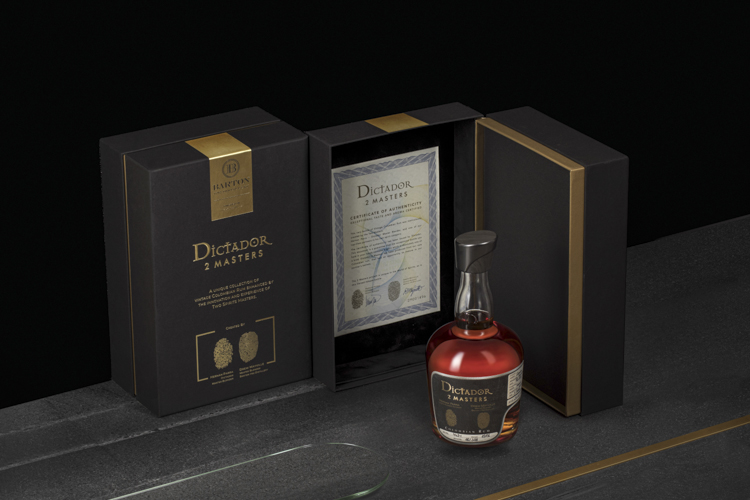
The result is a balanced spirit where the rum shines while reflecting the nuances of our Kentucky bourbon without being overpowered by it, adding complexity and contrasts to the original vintage rum. “I have had so much fun collaborating with another cellar master over in South America,” insists Drew, “and I even suggested that next time Dictador should extend the idea to 3 Masters! Hernan just gave me a wry smile, maybe because this kind of experimentation often throws up more questions than answers. But that is how we can all increase our knowledge.”
Ends
